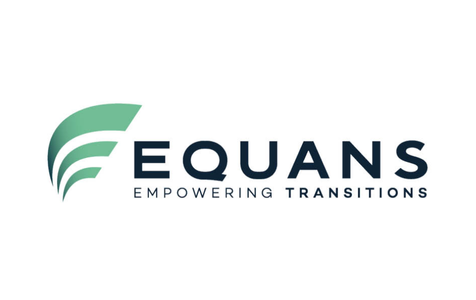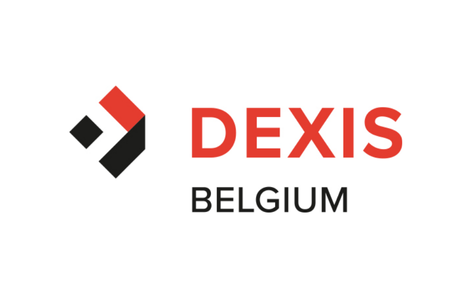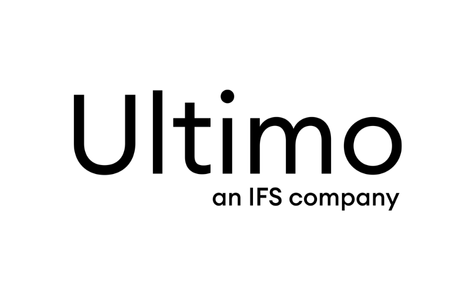Asset Management in Infrastructure
Managing infrastructural assets is quite a challenge. Ever higher demands with regard to availability and reliability must be met, while the budget remains limited. It is therefore important to timely detect and solve the cause of problems. In addition, problems must be prevented by means of appropriate maintenance. To do this correctly, it is very important to be able to make a correct assessment of the condition of the entire infrastructure. We must therefore map out the underlying risks and their effects.
In this way, we can arrive at an asset model in which we can estimate deterioration and condition on the basis of all sorts of parameters. This model allows us to make targeted investments in maintenance and replacement. It also allows us to simulate the different choices in the strategy so that we can make the most optimal choice in terms of budget and risk.
A second major challenge facing infrastructure companies is the short- and long-term planning and monitoring of asset investments. It is also important to strike the right balance between OPEX and CAPEX from an overall financial perspective. Investment decisions and strategies also need to be justified to supervisors and stakeholders.
All this creates the need for dynamic investment plans that make it easy to make investment choices, taking into account the impact of changing circumstances, the condition and risks of the network, synergies with other utilities and the demands of customers and municipalities. In this way, it is possible to guarantee a sustainable, high-quality supply while controlling risks in the short, medium and long term.
Welcome to the network "Asset Management in Infrastructure
No doubt you recognise many of the above challenges. BEMAS, the Belgian non-profit association on maintenance and asset management, therefore invites you to participate in a learning network "Asset Management in Infrastructure".
The goal is to get a better understanding of the needs and available solutions for Asset Management, Asset Performance Management and Asset Investment Planning, together with colleagues from other infrastructure companies in Flanders and the South of the Netherlands.
Objectives
Presentations and moderated discussions according to 2 themes:
- To get a better understanding of what Asset Management and ISO 55001 means for infrastructure companies
- Learn what dynamic AIP and APM means and what the added value is for a company
- Identify which processes in an APM and AIP need to be (digitally) supported and safeguarded.
- Gain a better understanding of which solutions exist for Asset Management, AIP and APM, and what their added value and functionality is.
What are we going to do?
- Series of 6 hybrid afternoon sessions. The first session takes place at Farys (Stropstraat 1, 9000 Ghent). Other sessions will take place at other participants such as De Watergroep and/or online. The sessions are guided by a neutral moderator from BEMAS.
- One or more guest speakers / specialists in the matter bring some conceptual and practice-oriented insights.
- This is followed by a group discussion during which experiences and insights are shared.
- Participants can take the insights gained with them and apply them within their own organisation.
Programme
Session 1 - Tuesday 3 May: Asset Investment Planning: 13.00 - 17.30 hrs.
- Who is who
- Presentation : What is Asset Investment Planning? Basic concepts of AIP
- Presentations of concepts of AIP and their concrete translation into a tool
- Dieter Vonken, Deloitte
- John Leeuwenburg, Realworld Systems
- Presentation of the continuation of the AIP programme
- Group discussion: needs and expectations of the participants
Session 2 - Wednesday 11 May: presentations of concepts of AIP and their concrete translation into a tool: 13.00 - 16.30 hrs.
- Karim Jawad, Copperleaf
- Thomas De Ruyck, KPMG
Session 3 - Wednesday 25th May: presentations about AIP concepts and their concrete translation into a tool: 13.00 - 16.30 hrs.
- Direxyon
- AMX-10
Session 4 - Thursday 8 September: Asset Performance Management: 13.00 - 17.30 hrs.
- Presentation : What is Asset Performance Management? Basic concepts of APM
- Presentation of APM concepts and their concrete translation into a tool
- Presentation of the continuation of the APM programme
- Group discussion: needs and expectations of the participants
Session 5 - Tuesday 20 September: presentations of APM concepts and their concrete translation into a tool: 13.00 - 16.30 hrs.
Session 6 - Tuesday 4 October: translation of APM concepts into a tool, group discussion and round-up: 1 p.m. to 4.45 p.m.
- Presentation of APM concepts and their concrete translation into a tool
- Case presentation by a foreign infrastructure manager
- Lessons learned and next steps
- What are the main learning points from the past sessions?
- How do the pieces of the puzzle fit together?
- How will the participants proceed?
- What are the current needs of infrastructure companies?
Practical information
Language
Dutch
Location
Live and online.
The first session takes place at FARYS.
The next sessions will always take place at one of the participants' premises. The location of these sessions will be determined during the first session.
Participation
Employees of organisations who are a member of BEMAS: € 0 / participant
Employees of organisations that are not a member: € 595 / participant
From the 2nd participant per company 50% discount on the participation fee.
Some important points of attention:
- Registration for the learning network is required.
- There is no limit to the number of participants, only a maximum of 3 participants per company.
- We follow the Covid measures closely to ensure maximum safety. Your and our health is important, therefore we ask you not to be physically present at the event in case of illness.
- By registering for this initiative, you agree that photographs and videos of you may be taken during the event for publication.
"Ce réseau d'apprentissage montre clairement que nous sommes tous confrontés aux mêmes questions. En tant que services publics, nous sommes davantage des partenaires que des concurrents, et nous essayons tous de dépenser les ressources publiques de la manière la plus utile possible pour fournir des services essentiels. C'est pourquoi cette plateforme nous donne l'occasion de nous engager les uns avec les autres sur ce sujet."






